Dying craft: Last gong workshop in Indonesia’s Bogor city fights for survival
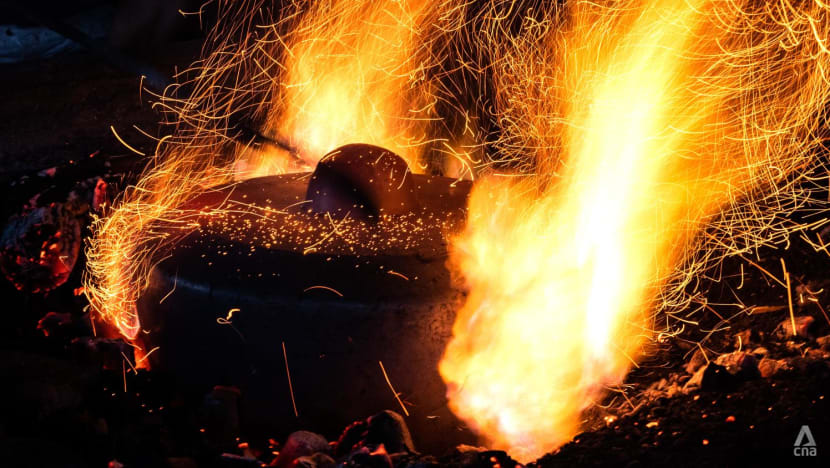
A gong being heated in a kiln as part of a repair process at Gong Factory in Bogor, Indonesia on Feb 5, 2023. (Photo: CNA/Wisnu Agung Prasetyo)
BOGOR, West Java: A short walk off a beaten trail on the streets of Bogor, Indonesia, the sounds of metal clanging filled the air.
As one approaches the building, piles of metal sheets are seen laying idly on the floor of a workshop that specialises in making gongs - a type of percussion instrument.
Called Gong Factory, the workshop is the last of its kind in Bogor, a small city south of Jakarta. Its owner, Krishna Hidayat, 43, said that the workshop has been in operation since 1820.
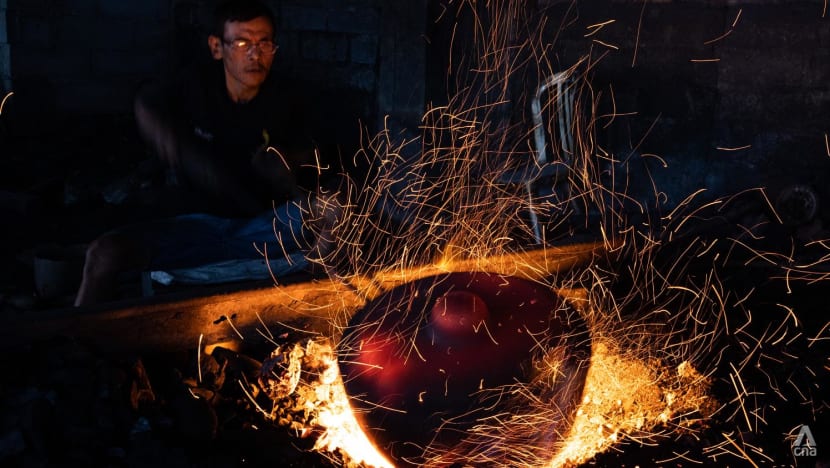
The metal sheets - freshly cast out of bronze and tin - were ready to be shaped into a gong, but one of the two craftsmen skilled enough for the job did not turn up for work when CNA visited the workshop on a recent Sunday.
“My friend decided not to come (to the workshop) because he is doing construction work today,” Gong Factory’s senior worker, Hidayat, told CNA.
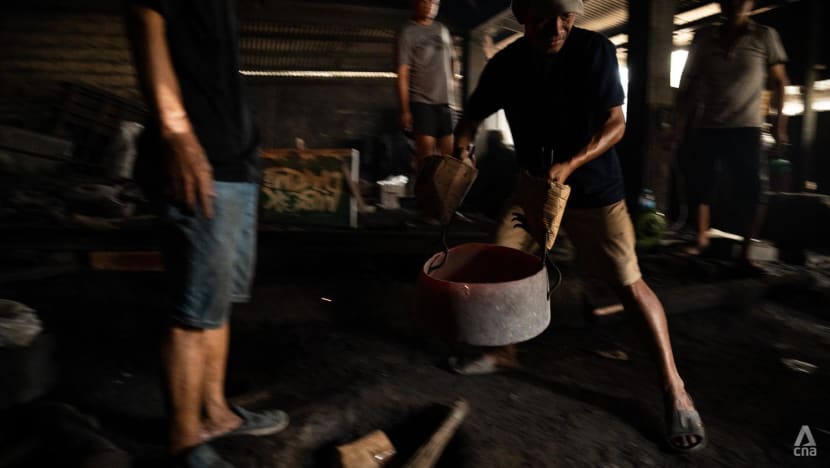
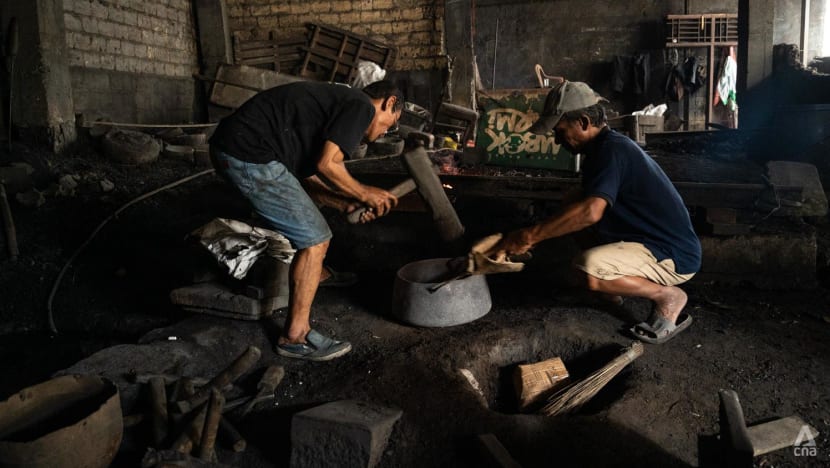
With his skilled colleague absent, the only work that the 55-year-old and three novice co-workers were able to do that day was to mend some of their clients’ broken gongs that had been sent in.
Hidayat told CNA that the absent craftsman and him are the only two people in the city skilled enough to forge a gong with the level of precision needed to achieve the desired note and quality for the instrument.

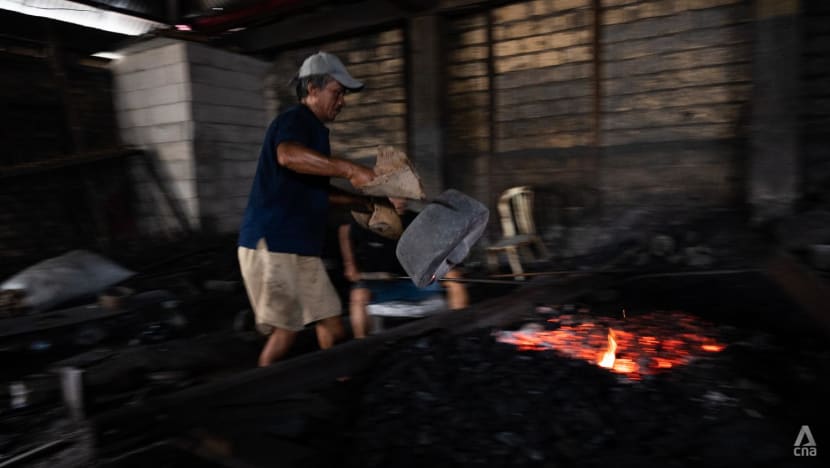
The quality of the gong, he added, is dependent on the right forging temperature and metal composition as well as its shape and thickness.
According to him, the forging process - which involves the shaping of metal through compressive forces - to make a new gong must be done by two skilled workers.
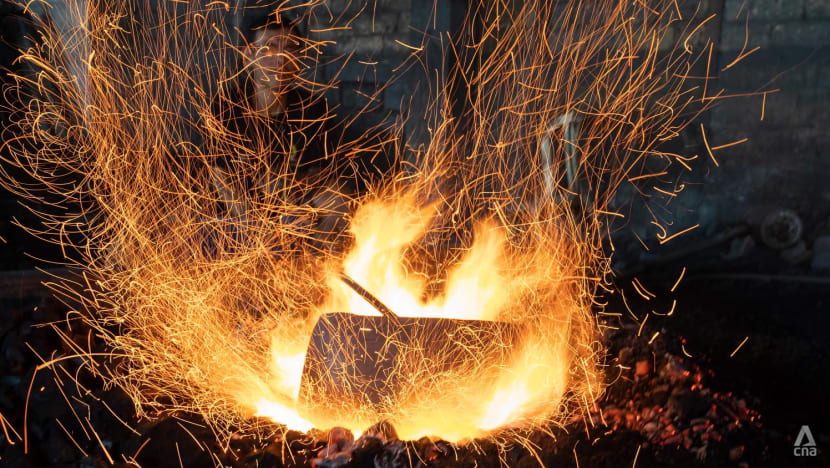
Hidayat said that one of them will burn the metal slab in the kiln while the other hammers the iron with a “certain rhythm” to produce a smooth forging.
“It must be done by experienced people with good teamwork,” he said.


Hidayat, who like many Indonesians goes by just one name, is a seventh-generation gong-maker who works at Gong Factory. Hidayat said it took him years to master the art of gong-making, which has been passed down from one generation to the next in his family for the past 300 years.
Not much has changed from the time his ancestors first started making gongs, Hidayat said, adding that he still uses much of the same tools and techniques as his predecessors.
The only difference, Hidayat said, is the use of an electric blower now to get a more consistent temperature from the forge.

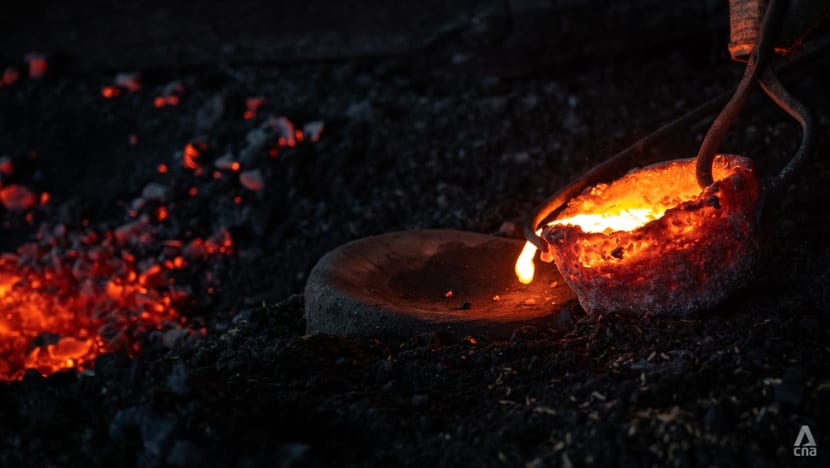
WORKSHOP HAS SEEN BETTER DAYS
Hidayat told CNA the current state of the workshop is a far cry from its heyday when musicians and collectors from Indonesia and abroad lined up to get their hands on one of Gong Factory’s instruments. Gongs are commonly used for traditional dance performances and Javanese puppet shows.
The number of clients has steadily decreased over the years, but it was the COVID-19 pandemic and subsequent economic slowdown that severely affected the workshop’s operations.
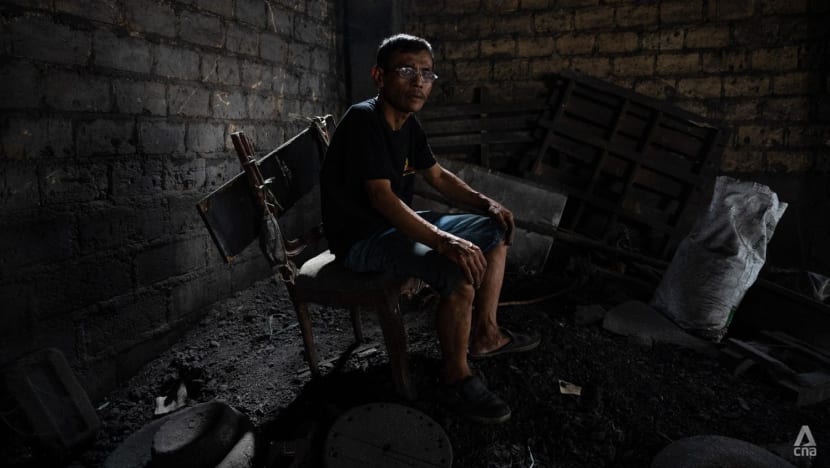
Hidayat said the situation got worse at the end of 2020, with the workshop shut for the whole of 2021. It only got its first order for a new gong sometime in May 2022.
“(At the time of COVID-19 pandemic), things became worse. Performances were prohibited, (so) orders (became) non-existent. As a result, one must survive on savings,” he said.
Hidayat added that at one point, a space in the workshop that was used to display gongs had to be rented out to others. It became a laundromat.
Workers at the workshop also had to find other sources of income, such as in construction or by becoming street vendors.
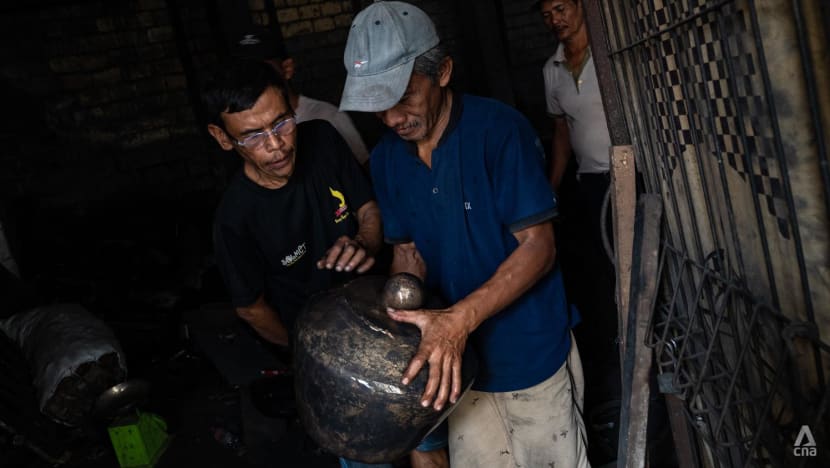
When the workshop reopened in May 2022, only a handful of these workers returned.
While it has begun getting new orders, the demand for new gongs is a far cry from the way it was prior to the COVID-19 pandemic.
Not only that, the prices of bronze and tin - the metals used to make the gong - have skyrocketed, forcing the workshop to lower its profit margin so as to keep its returning customers happy.


Hidayat, the gong-maker, said that he is unsure for how long the workshop will be able to stay afloat.
He also worries that he will not be able to find a successor to take his place, and is worried about the art form’s future.
Not many, he added, are interested in learning the centuries-old craft.
The craft, he said, involves backbreaking labour in suffocating heat - things which are not very enticing for the younger generation.
“I have no more successors, my children are all women, and the young people who live in this neighbourhood now don't seem interested in making gongs because they consider it heavy and dirty work,” said Hidayat.
Agreeing, the workshop owner Krishna Hidayat, said that he finds it difficult to hire new workers, adding that it was challenging to upkeep the business.
“If Gong Factory were to one day cease to exist, I would be extremely sad because there is no regeneration (of talent) … But I’m making my best effort to keep this up.”
Read this story in Bahasa Indonesia here.














